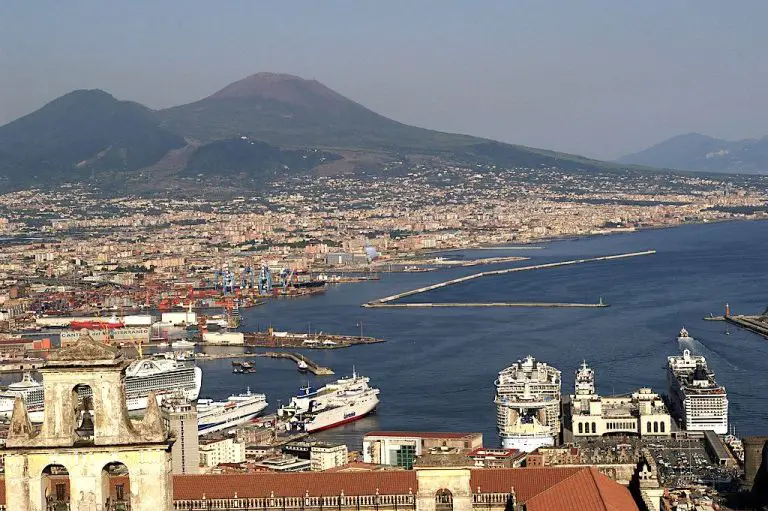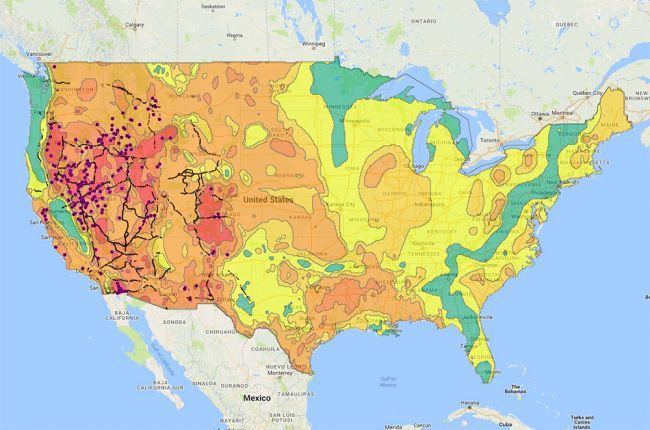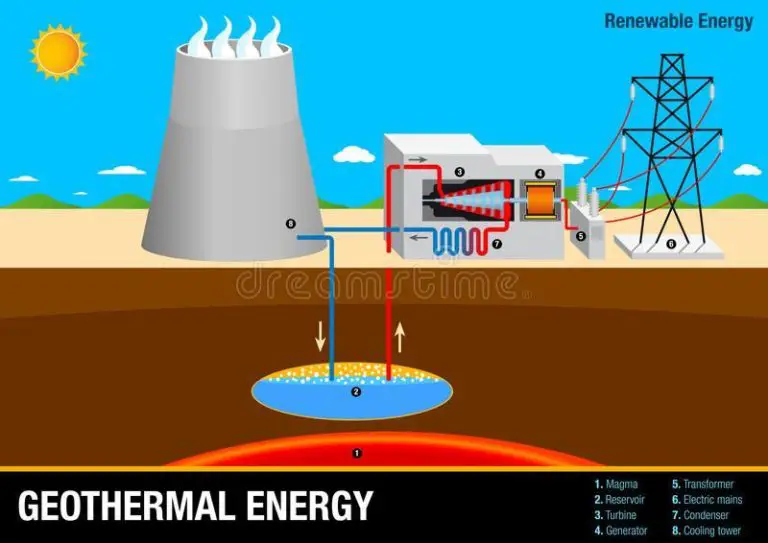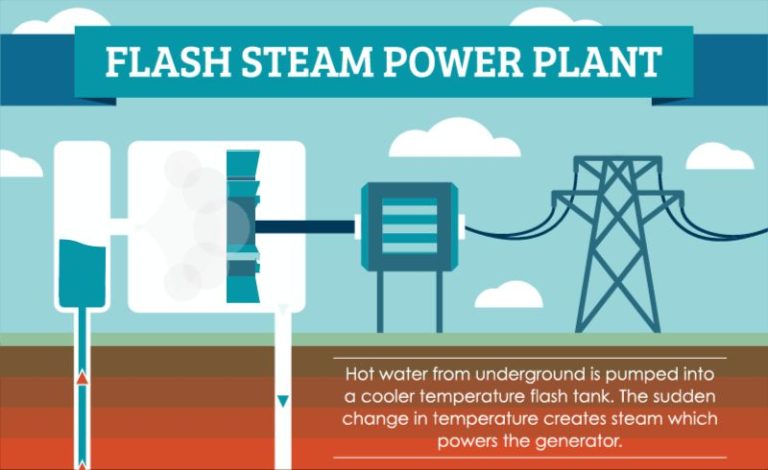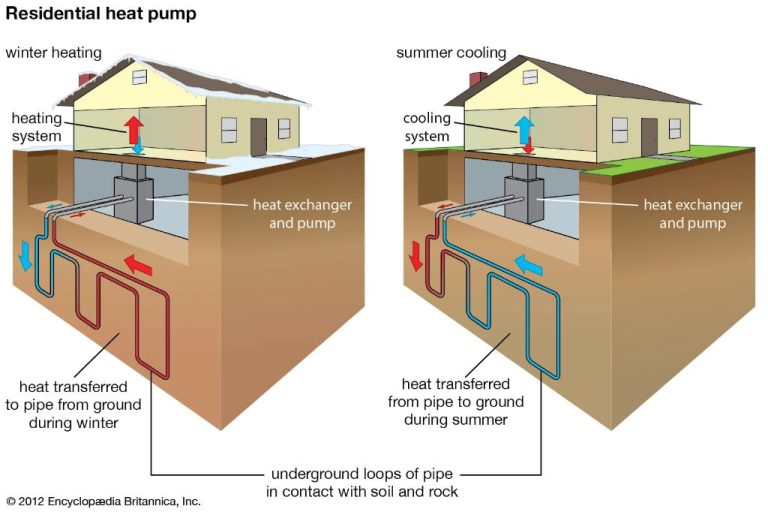Which Best Describe Geothermal Energy?
What is geothermal energy?
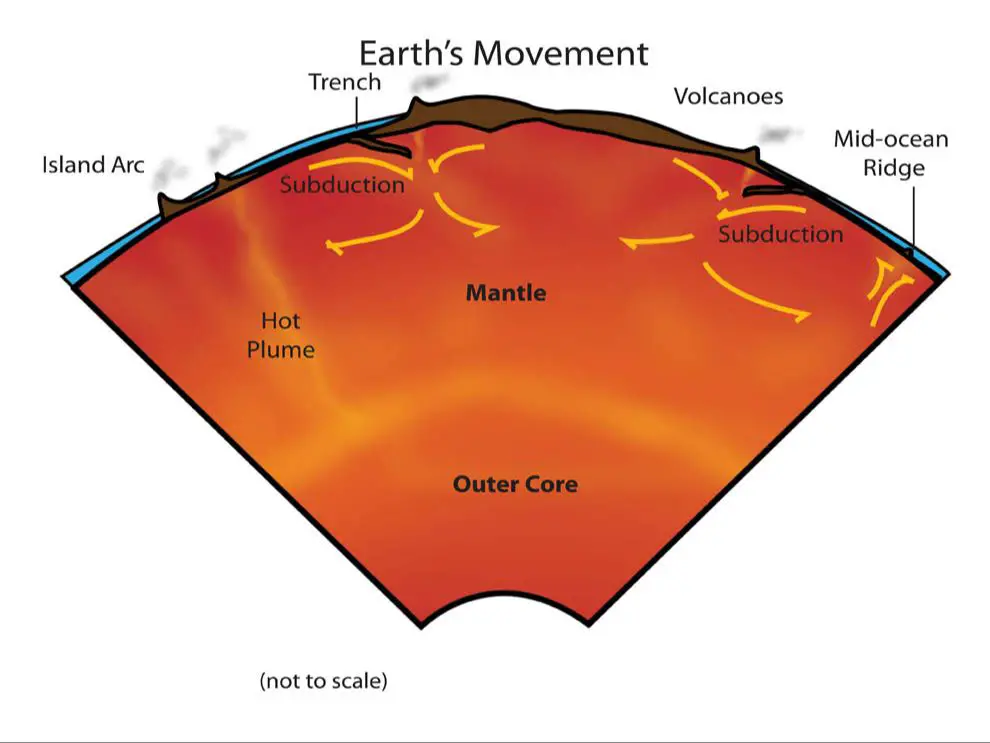
Geothermal energy is thermal energy generated and stored in the Earth (EIA, 2022). It arises from the original formation of the planet, from radioactive decay of minerals, and from solar energy absorbed at the surface. The geothermal gradient, which is the difference in temperature between the core of the planet and its surface, drives a continuous conduction of thermal energy in the form of heat from the core to the surface.
Earth’s internal heat flows constantly from the core towards the crust creating reservoirs of hot water and steam under high pressure. Sometimes these reservoirs come naturally close to the surface in the form of hot springs, geysers and fumaroles. Most of the time, they are accessed by drilling wells into the underground reservoirs to tap steam or hot water that can be brought to the surface for use in geothermal power plants or other applications (DOE, 2022).
Types of Geothermal Energy Systems
There are three main types of geothermal energy systems used to generate electricity or provide heating and cooling:
Geothermal Electricity Generation
Geothermal power plants use high-temperature hydrothermal resources from deep underground to spin turbines and generate electricity. There are three types of geothermal power plant technologies:
- Dry steam plants use steam from geothermal reservoirs to directly spin turbine generators. The first geothermal power plant opened at The Geysers in California in 1960.
- Flash steam plants take high-pressure hot water from geothermal sources and convert it to steam to drive turbine generators. This is the most common type of geothermal power plant.
- Binary cycle power plants transfer the heat from geothermal hot waters to another liquid. The heated liquid boils a working fluid that spins the turbine. Binary cycle plants are often used for moderate-temperature water resources (Sources: Energy.gov, Energy.ca.gov).
Direct Heating and Cooling
Low-to-moderate temperature geothermal resources can be used to directly provide heating and cooling. Hot water near the earth’s surface can be piped directly into buildings and facilities to provide heat. Geothermal district heating systems distribute hot water from a central geothermal heating plant to multiple buildings.
Geothermal Heat Pumps
Geothermal heat pumps use shallow ground temperatures to heat and cool buildings. These systems transfer heat between the ground and the building using underground piping and a heat exchanger. In the winter, the heat pump takes heat from the ground and transfers it indoors. In the summer, it pulls heat from the building and transfers it to the ground.
Benefits of geothermal energy
Geothermal energy has several key benefits that make it an attractive renewable energy source:
It is renewable. Geothermal energy comes from the Earth’s internal heat, which is constantly being replenished and will be available for billions of years to come. This makes geothermal a reliable long-term energy solution.
It is reliable. Geothermal power plants have average availabilities of 90-98%, meaning they can consistently produce electricity 24/7 regardless of weather conditions. This gives geothermal an advantage over intermittent renewable sources like solar and wind.
It reduces emissions. Geothermal power plants release little to no greenhouse gases. In fact, geothermal energy has emissions intensity that is 90-95% lower per kWh than conventional fossil fuel plants, helping cut carbon emissions.
It is cost effective. Though upfront costs for geothermal plants are high, the payback period is reasonably short. Geothermal energy has levelized costs that can be competitive with conventional and renewable energy sources. Once built, geothermal power is inexpensive to operate and maintain.
Sources: https://www.enelgreenpower.com/learning-hub/renewable-energies/geothermal-energy/advantages, https://www.energy.gov/eere/geothermal/geothermal-faqs
Challenges of Geothermal Energy
While geothermal energy has several benefits, there are some challenges that limit its widespread adoption. Three major challenges are:
High Upfront Costs
Constructing geothermal power plants requires significant upfront investments. According to the RFF, the initial cost of constructing a geothermal plant can range from $2-4 million per MW of capacity, which is higher than other renewable sources like wind and solar [1]. Drilling geothermal wells thousands of feet into the earth’s crust is expensive.
Limited to Certain Locations
Geothermal energy is limited to areas with accessible hydrothermal resources and high subsurface temperatures. As noted by the Twi-Global, geothermal plants are only feasible in tectonically active regions even though heat exists everywhere within the Earth’s crust [2]. This restricts widespread adoption.
Possible Emissions
While geothermal energy is renewable, geothermal reservoirs can emit small amounts of greenhouse gases and hydrogen sulfide according to Lafayette University [3]. Proper precautions need to be taken to minimize environmental impacts.
Geothermal electricity generation
Geothermal power plants generate electricity by tapping into underground reservoirs of hot water and steam. The most common types of geothermal power plants are dry steam, flash, and binary cycle systems.
In dry steam plants, steam from geothermal reservoirs is piped directly to turbine generators to produce electricity. The first geothermal power plant opened at Larderello in Italy in 1904 and was a dry steam system. An example is The Geysers in northern California, the world’s largest dry steam field, which has been producing electricity since the 1960s (Source).
Flash plants use geothermal reservoirs of water above 350°F. The hot water is sprayed into tanks that allow the water to convert to steam. The steam is then used to drive turbine generators. Flash plants are the most common today. An example is the Ohaaki plant in New Zealand, which has been generating electricity since 1989 (Source).
In binary cycle plants, geothermal water is passed through heat exchangers that transfer heat to a secondary fluid with a lower boiling point. This causes the secondary fluid to flash to vapor and drive turbine generators. Binary systems can utilize lower temperature reservoirs down to 225°F. An example is Chena Hot Springs in Alaska, which opened in 2006 and was the first geothermal plant to operate in the state (Source).
Direct heating and cooling
Direct use of geothermal energy refers to applications where hot water is used directly rather than converting it to electricity first. Some common direct use applications include space heating and cooling, district heating, greenhouses, aquaculture, industrial processing, and agricultural drying [1].
Geothermal fluids can be used to directly heat buildings through radiators or fan coils. Geothermal district heating systems distribute hot water from a central geothermal well through a network of pipes to heat multiple buildings in a community. These systems are common in Iceland and have been expanding in Europe and Asia [2].
Greenhouses and aquaculture facilities often use geothermal hot water for heating and carbon dioxide for enhancing plant growth. The warm water can also be used to dehydrate fruits and vegetables. Overall, direct use applications provide a clean, renewable way to meet heating and cooling needs.
Geothermal Heat Pumps
Geothermal heat pumps utilize shallow ground temperatures to provide space heating and cooling as well as domestic hot water. There are two main types of geothermal heat pump systems: closed loop and open loop. Closed loop systems circulate an anti-freeze solution through pipes buried underground to transfer heat between the building and ground. Open loop systems pump and reinject water from an underground aquifer directly. The core technology behind geothermal heat pumps is a refrigerant-based heat exchanger that functions like a reversible air conditioner, extracting heat from the ground in winter and depositing excess heat in summer.
Geothermal heat pumps are commonly used for space heating and cooling as well as water heating in residential buildings. They can maintain comfortable temperatures year-round by concentrating low-temperature underground thermal energy. Geothermal systems are also utilized for larger commercial buildings like schools, offices, and warehouses. According to the U.S. Department of Energy, geothermal heat pumps can reduce energy consumption for heating by 30-60% compared to conventional HVAC systems (https://www.energy.gov/eere/geothermal/geothermal-heat-pumps). While installation costs are higher initially, the long-term savings and environmental benefits make geothermal heat pumps an attractive option.
Global geothermal capacity
The top countries for geothermal energy capacity in 2022 were the United States, Indonesia, the Philippines, Turkey, and New Zealand. The United States leads with over 3,600 MW of installed geothermal capacity, followed by Indonesia with over 2,000 MW. Other top countries include Kenya, Mexico, Iceland, Italy, and Japan (ThinkGeoEnergy’s Top 10 Geothermal Countries 2022).
Total global geothermal power generation capacity stood at 16,127 MW at the end of 2022, up from 15,346 MW in 2021. This represents a modest annual increase, but overall capacity has been gradually rising over the past decade. In 2009, global geothermal capacity was just 10,715 MW (Global geothermal energy capacity 2009-2022). The top countries continue to dominate geothermal development and expansion worldwide.
Geothermal industry trends
The geothermal energy industry has experienced steady growth in recent years due to technology improvements and government incentives. According to research from Markets and Markets, the global geothermal energy market is projected to reach $9.4 billion by 2027, up from $6.6 billion in 2021.
Advancements in enhanced geothermal systems (EGS) allow access to geothermal resources that were previously unreachable, expanding geothermal capacity globally. EGS injects fluid into hot dry rock reservoirs deep below the earth’s surface to create a geothermal reservoir and allow energy extraction (Markets and Markets).
Government incentives like production tax credits, investment tax credits, and renewable portfolio standards have also boosted geothermal development and deployment. Many countries have targets to increase renewable energy generation, with geothermal playing a key role (Medium).
According to Fortune Business Insights, the global geothermal energy market is projected to grow at a 6.3% CAGR from 2022-2029 as geothermal capacity expands, especially in Asia Pacific. Market size is expected to reach $95.82 billion by 2029.
The future of geothermal
Geothermal energy has significant potential for growth and innovation in the coming years. Some key areas shaping the future of geothermal include:
Enhanced geothermal systems (EGS) are a promising technology that can greatly expand the potential of geothermal energy. EGS involves injecting fluid into hot dry rock reservoirs to create new subsurface fracture networks, allowing more heat to be extracted. EGS could enable geothermal power generation in areas without natural hydrothermal resources. Research is underway to demonstrate EGS feasibility and reduce costs (The Future of Geothermal Energy).
Offshore geothermal holds enormous untapped potential, with vast amounts of heat stored under the seafloor. Projects are in early testing stages to evaluate offshore geothermal, such as using submersible pumps and heat exchangers. If proven viable, offshore geothermal could dramatically expand global geothermal capacity (Can Geothermal Power Play a Key Role in the Energy Transition?).
Geothermal is poised to play an increasing role in the global renewable energy transition. With baseload capacity, geothermal can provide stability and flexibility to complement intermittent wind and solar power. Hybrid geothermal systems co-located with solar PV or storage are gaining interest (Full Steam Ahead: Unearthing the Power of Geothermal).

